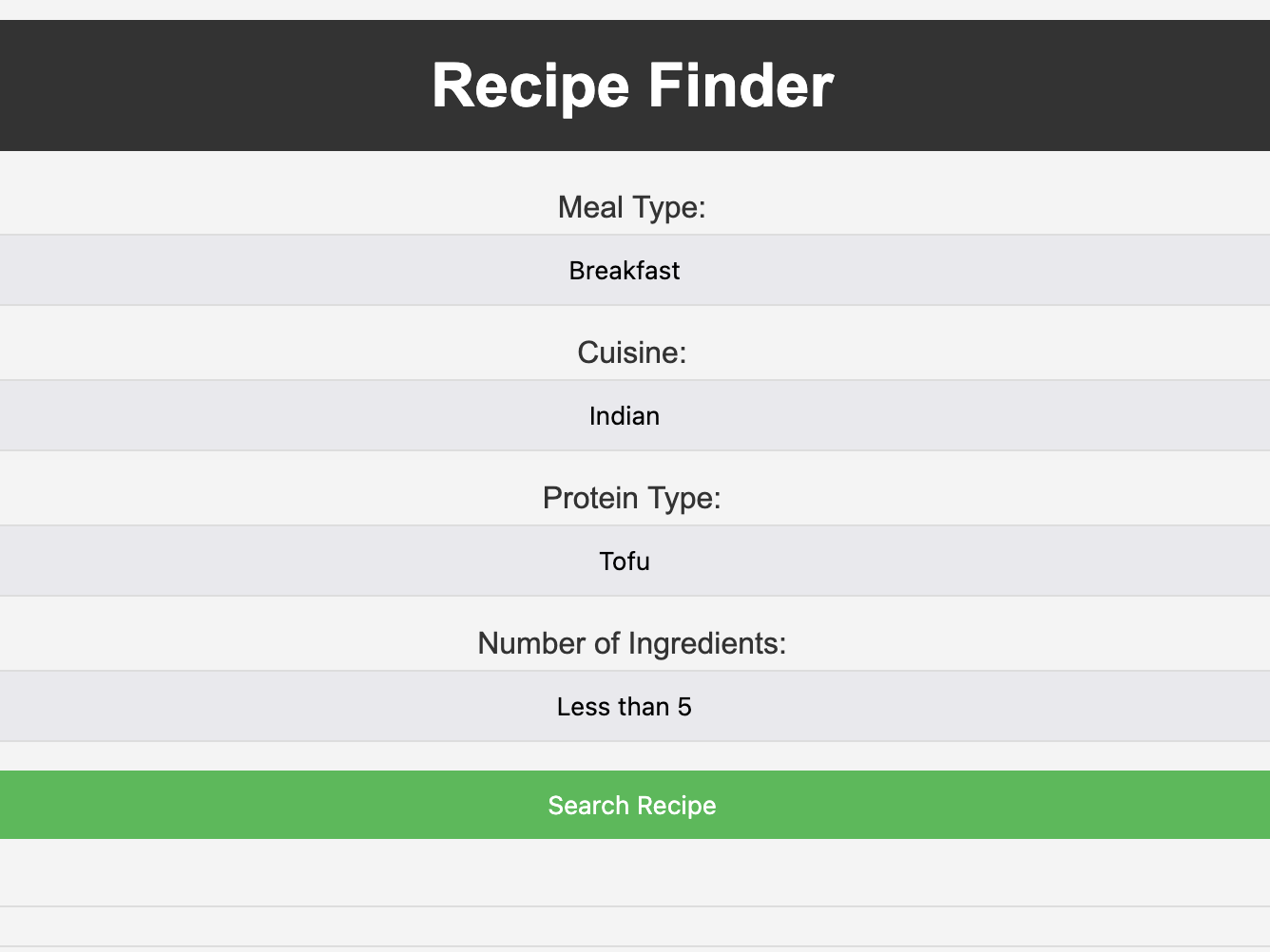Link to web app - https://fitness-tracker-sundars6.replit.app/
Problem statement
There are tons of workout companion apps out there, such as My Fitness Pal, Nike Running Club and Strava. But the one missing element among all of them is that they don't evolve and personalize their recommendations according to data they are collecting from the user and particularly their fitness goals. For example - if someone has been regularly doing well on their upper body workouts but might be missing out a bit on cardio, apps do not highlight this trend that might help the user stay on track to meet their goals. A personal trainer who works with the user on a regular basis might be able to spot these trends, but they are too expensive to afford for most people who workout to stay healthy.
Why use AI?
I felt that this could be a great use case for generative AI, as it does a great job at natural language processing. Workout data is quite predictably consistent. There are various workouts targeting different parts of the body, and there are weights associated with them, which are repeated for a certain number of sets and reps. This system is standardized for gyms across the entire world. By creating a RAG (Retrieval-augmented generation) system to continually parse through the workout logs and generate tailored recommendations based on the fitness goals of the user, it might be possible to give the user a more personalized experience that closely mimics a personal trainer.
Building the solution
I used Claude to generate a high-level PRD to input into Replit, that clearly states what I'm trying to build and the core features and design elements. This is what it generated.
"Fit First:
A web-based personal fitness tracking and recommendation application that monitors workouts over a 7-day period and generates customized workout plans.
Core Features:
1. Workout Journaling: Daily workout logging with a structured input format for cardio and strength exercises.
2. Calendar View: Interactive calendar display for viewing and editing past workouts.
3. Workout Goals: Input and storage of personal metrics (height, weight, BMI, body fat percentage) and fitness objectives.
4. AI-Powered Workout Suggestions: Personalized workout recommendations based on recent activity, available time, workout preferences, fitness goals, and biological metrics.
UI/Style:
1. Energetic and motivational design with a fitness-oriented color scheme
2. Clean, intuitive interface with easy-to-read workout summaries and calendar entries
3. Responsive layout adapting seamlessly from mobile to desktop views"
Since this was a good initial prompt to give it to the Replit Agent, it was good enough for an initial prototype. But there were many errors, both in the UI design as well as the content that was getting generated. But as I made further refinements with prompts, I started session a more polished, production-like version. Interacting with the agent was a learning curve in itself, as I noticed that the more specific my feedback was and the more information I gave it, the better the results started getting.
Final Outcome
After about 2-3 hours of playing around with the application, I was finally ready to deploy it into production with Replit, and here is the final result - https://fitness-tracker-sundars6.replit.app/
Key features
Workout logger
Allows you to log workouts for the day from a pre-selected list of strength and cardio workouts, and add sets, reps and weight for each workout. The list of workouts was pre-populated from an AI-generated list, but could be tweaked in the future to add more types of workouts. You can also edit this log once you have saved it.
Workout Calendar
Allows users to see all the logged workouts from history in a calendar format, which gives a good visual representation of how active they have been fitness wise. You can also click on each date to see an overview of the workouts done that day along with key details and the total calories burned. This feature also allows users to edit workouts in the past, which can be quite useful if they forgot to log workouts properly for a certain day.
AI workout suggestions
This is the key differentiator of this app compared to other fitness trackers out there. Since the AI-generated workouts are purely based on your personal goals and workout logs, they are much more personalized and tailored to each individual user, rather than being a generic workout plan which many users may find difficult to achieve. Key aspects to note are:
1. Data-driven recommendations based on workout history
2. Areas to focus on to hit fitness goals
3. Alternative workout suggestions that are also personalized
This level of personalization is still quite nascent, as I can imagine that in the future, we may be able to offer people a hyper personalized experience that draws insights from a wide range of data points, including data from wearable devices, video recordings of workouts etc. The AI could offer tips on improving form, taking breaks, hydration etc. for more fulfilling and effective workouts. User inputs could also help improve these recommendations, such as their emotional responses and feelings before and after workouts. The possibilities are endless.
Setting fitness goals
This feature allows the user to set their own personal fitness goals and their body metrics, so that the AI can offer an even higher level of personalization.
Workout analytics
This feature allows the user to see analytics of their past workouts, including workout duration, types of workouts completed and the most frequent exercises recorded. This is still a v1.0 of workout analytics, and there is so much more that could be accomplished with the data collected from the workouts and other health tracking apps.
